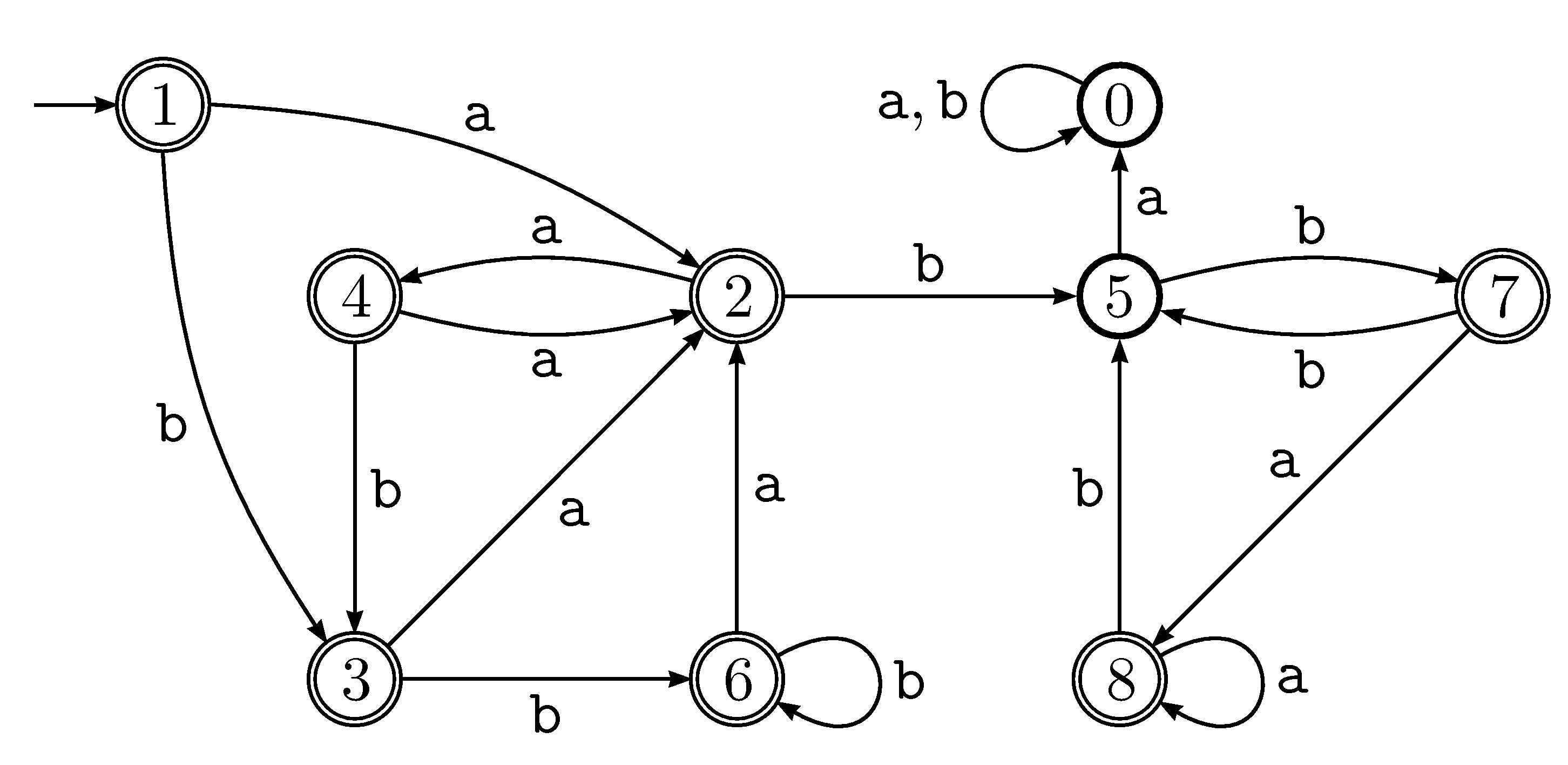- Your name.
- Your preferred e-mail address.
- Your affiliation and degree program (e.g., "College of Computer and Information Science, Ph.D. candidate).
I will use this information to create an e-mail list in order to disseminate information, hints and corrections, etc.

Hint: You may assume the following mathematical fact (Dirichlet's Theorem). First, however, we'll need a bit of background.
Two integers a and b are said to be relatively prime if they share no factors in common. For example, 15 and 26 are relatively prime since the prime factors of 15 are {3, 5} and the prime factors of 26 are {2, 13}; however, 15 and 25 are not relatively prime since they share the factor 5 in common.
Given two numbers a and b, the arithmetic
progression
- Dirichlet's Theorem
- If a and b be relatively prime positive integers,
then the arithmetic progression
a + bn contains infinitely many primes.
- {0i1j | i and j are relatively prime}
- FirstThird(A) = {x | xyz in A, |x| = |y| = |z|}
- LastThird(A) = {z | xyz in A, |x| = |y| = |z|}
- MiddleThird(A) = {y | xyz in A, |x| = |y| = |z|}